
There are many scientific studies that show the direct and indirect effects of low relative humidity on human health and how it can influence airborne infection.
Here is just a selection of the overwhelming evidence for maintaining an optimum indoor humidity of 40-60%RH for human health and wellbeing.
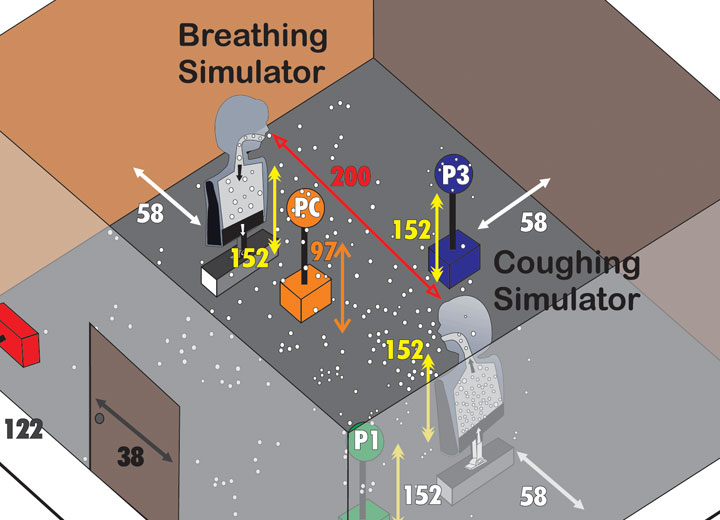
High humidity leads to loss of infectious influenza virus from simulated coughs
View more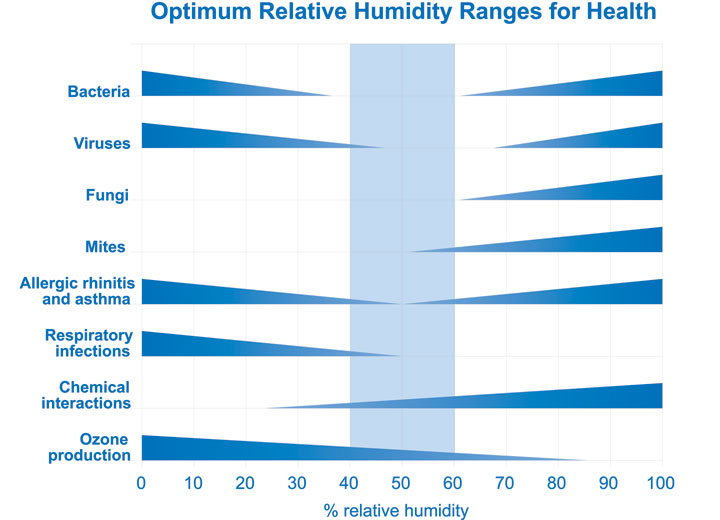
Criteria for human exposure to humidity in occupied buildings
View more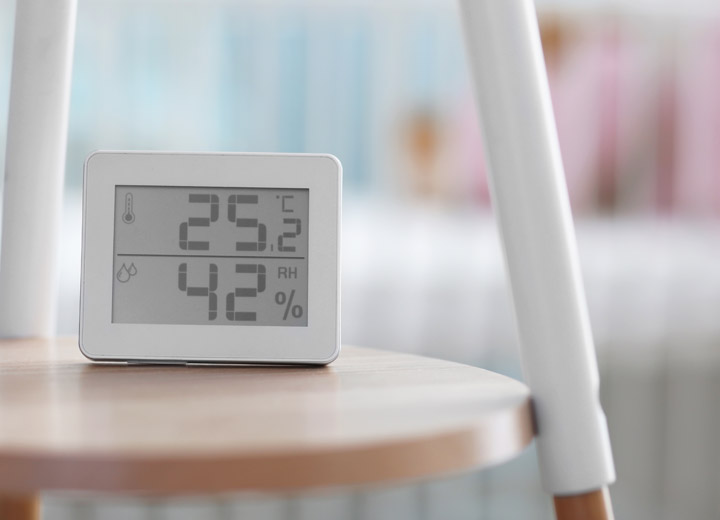
Indirect health effects of relative humidity in indoor environments
View more
Influenza and humidity - Why a bit more damp may be good for you!
View more
Influenza virus transmission Is dependent on relative humidity and temperature
View more
Dynamics of airborne influenza A viruses indoors and dependence on humidity
View more
The influence of relative humidity on the infectivity of air-borne influenza A virus (PR8 strain)
View more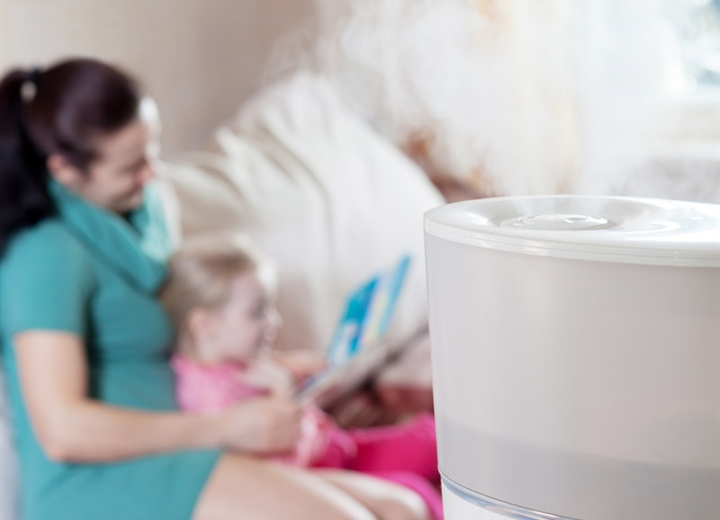
Modeling the airborne survival of influenza virus in a residential setting
View more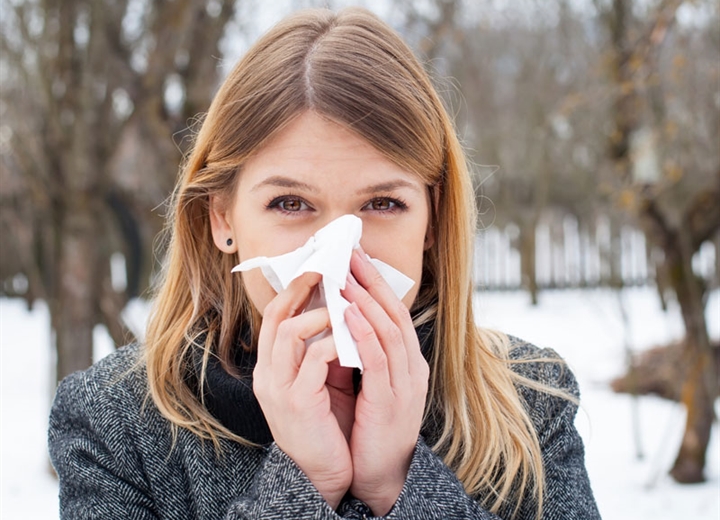
Absolute humidity and the seasonal onset of influenza in the continental United States
View more
The lethal effects of relative humidity on bacteria
View more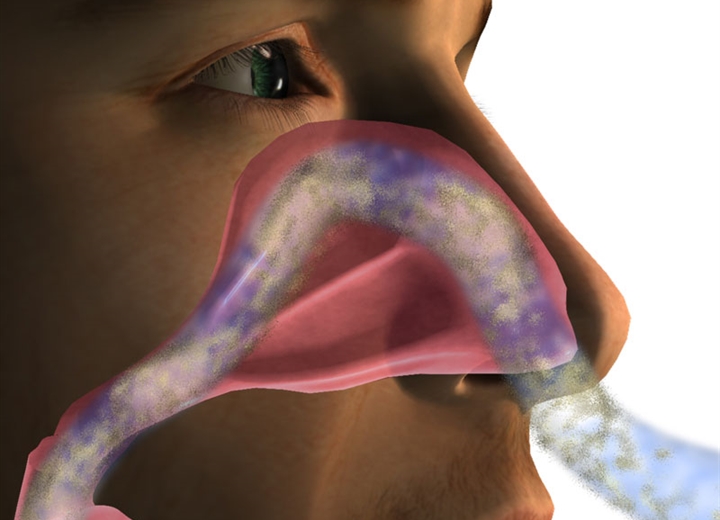
On the mucus flow rate in the human nose
View more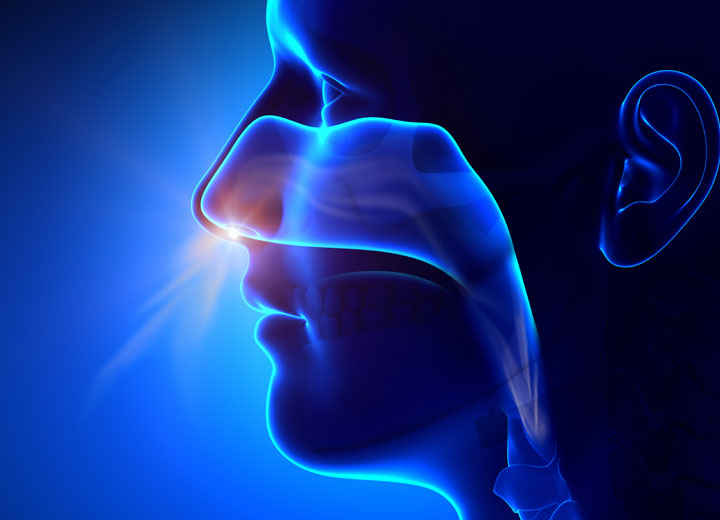
Nasal mucociliary transport in healthy subjects is slower when breathing dry air
View more
The dichotomy of relative humidity on indoor air quality
View more
The effect of low humidity on the human tear film
View more
Physiological and subjective responses to low relative humidity
View more
Humidification to reduce respiratory illnesses in nursery school children
View more
Humidification and upper respiratory infection incidence
View more
The effect of indoor relative humidity on absenteeism & colds in schools
View more
Winter humidities and related absenteeism in Canadian hospitals
View more
Is low indoor humidity a driver for healthcare-associated infections?
View moreShare this:
